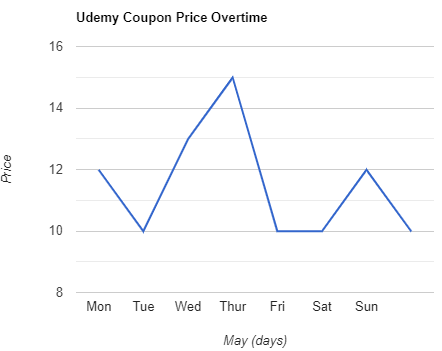Mastering Data Analysis in Excel
Formulate data questions, explore and visualize large datasets, and inform strategic decisions.In this Specialization, you'll learn to frame business challenges as data questions. You'll use powerful tools and methods such as Excel, Tableau, and MySQL to analyze data, create forecasts and models, design visualizations, and communicate your insights. In the final Capstone Project, you'll apply your skills to explore and justify improvements to a real-world business process.The Capstone Project focuses on optimizing revenues from residential property, and Airbnb, our Capstone's official Sponsor,
Created by: Jana Schaich Borg
 Quality Score
Quality Score
Overall Score : 88 / 100
 Live Chat with CourseDuck's Co-Founder for Help
Live Chat with CourseDuck's Co-Founder for Help
 Course Description
Course Description
 Instructor Details
Instructor Details

- 4.4 Rating
 102 Reviews
102 Reviews
Jana Schaich Borg
Jana Schaich Borg, Ph.D. is a neuroscientist at Duke University. She received her Ph.D. in Neuroscience from Stanford University. She develops new methods for inferring network properties of high-dimensional multi-modal neural data, and is a prominent researcher in the areas of social behavior and social cognition. Dr. Schaich Borg is a leading member of many interdisciplinary teams that combine cutting edge technologies with innovative approaches to overcome what seem like intractable challenges. She is also an active advocate for training programs that teach scientists how to apply their research to world issues, and education programs that teach entrepreneurs and philanthropists how to support structures that foster disruptive innovation in biomedical science. Her career is dedicated to making sure Big Data helps solve social problems.




